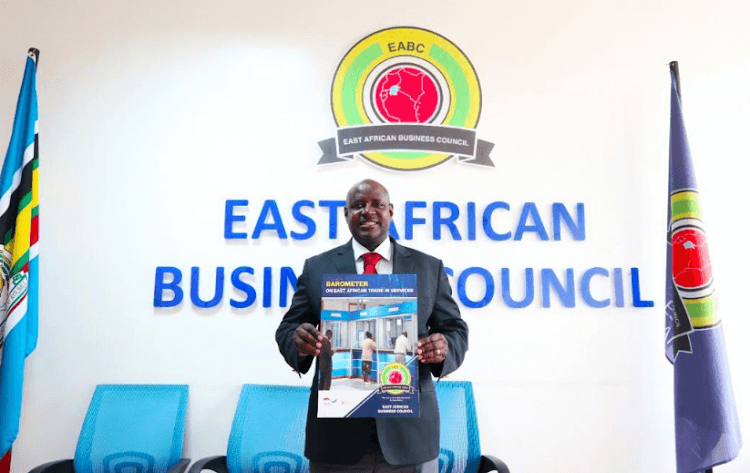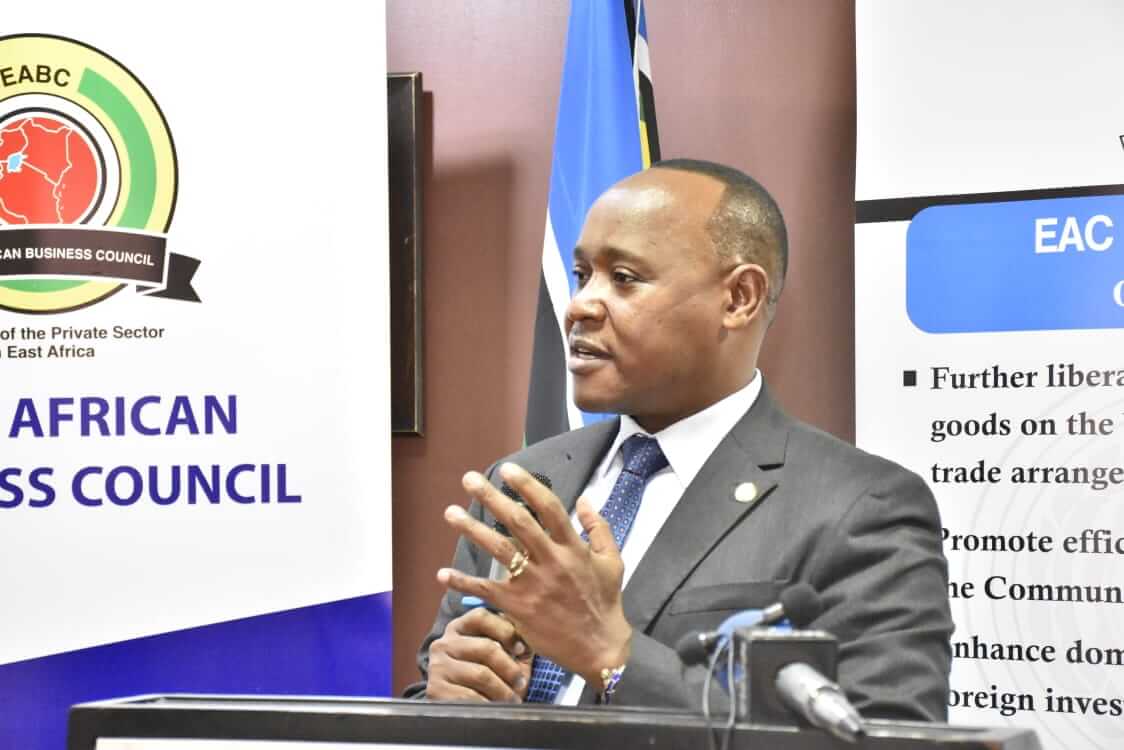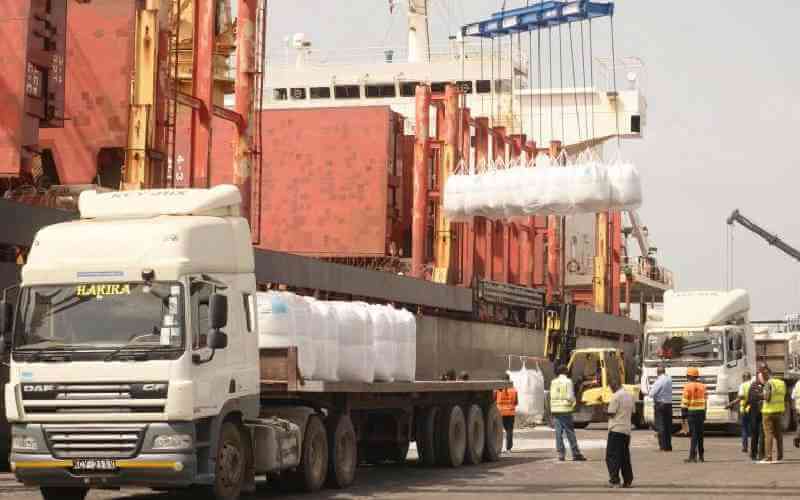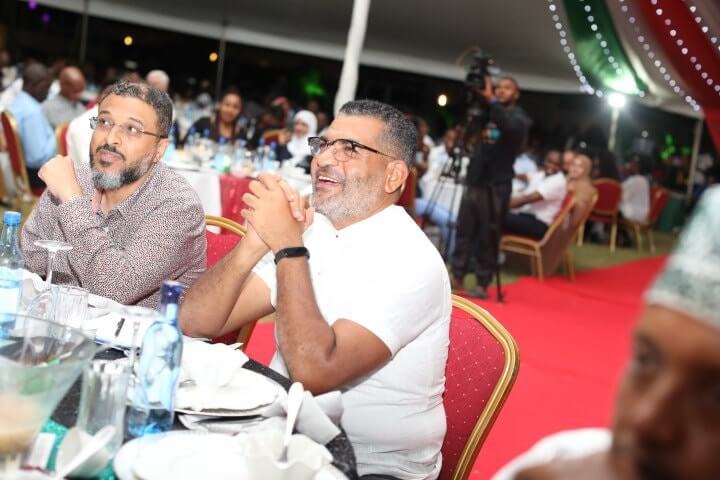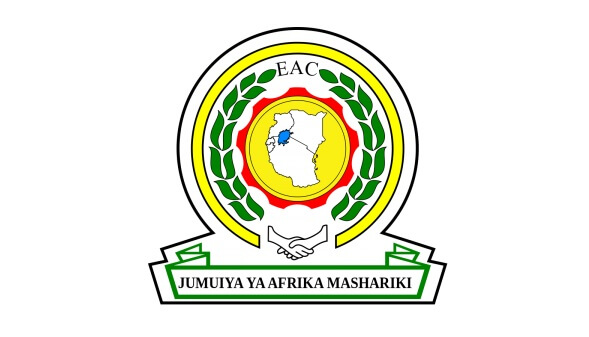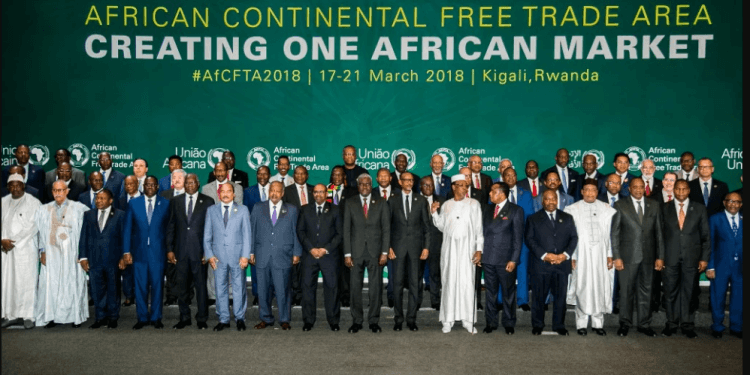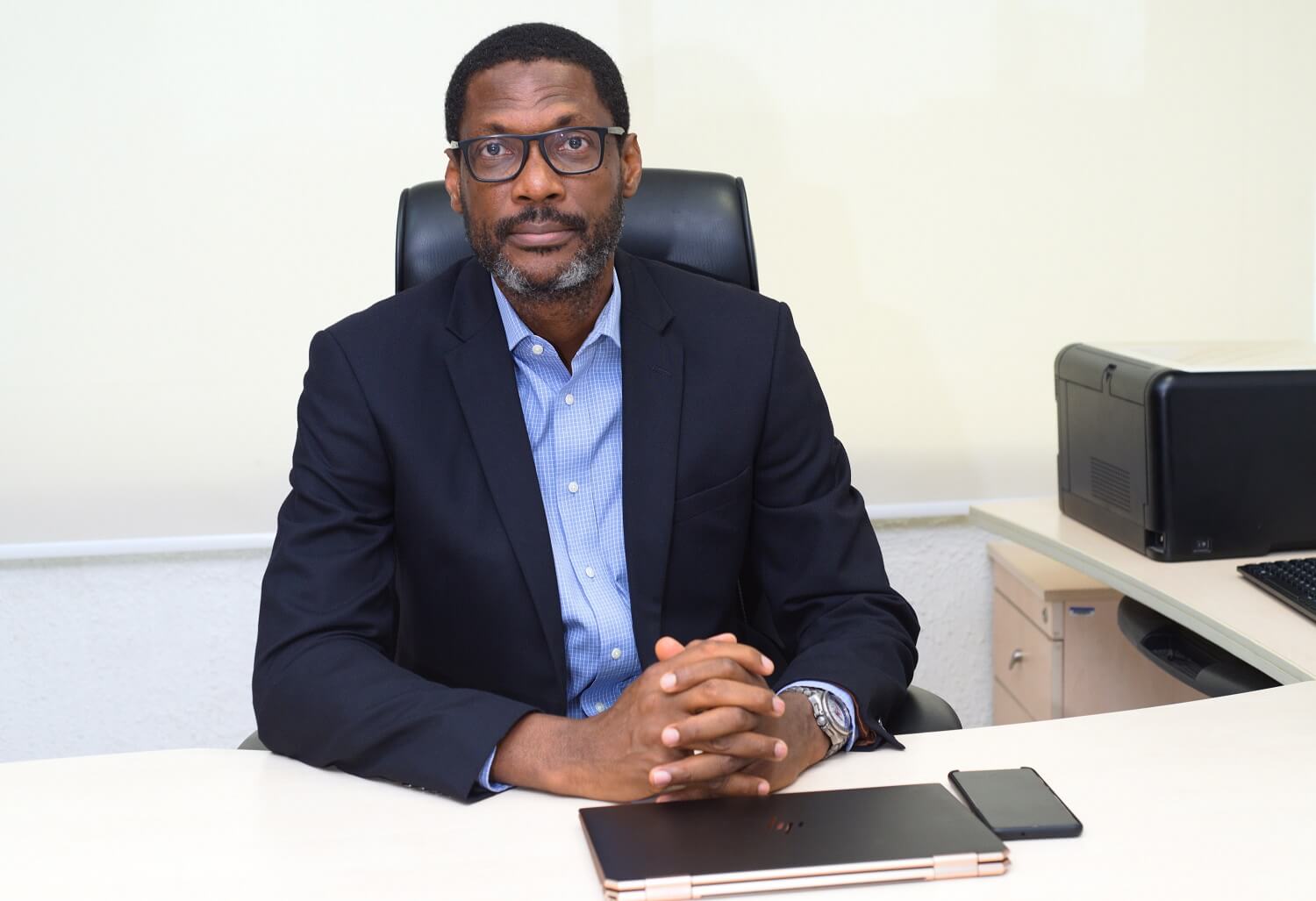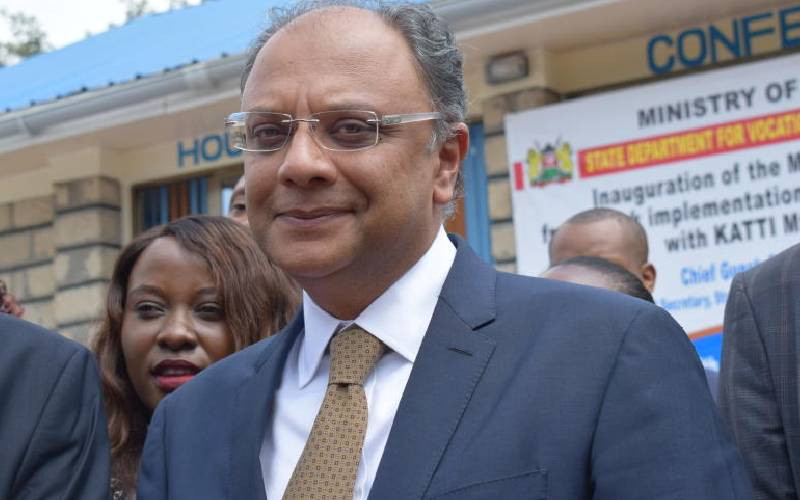The COVID-19 pandemic is disrupting Africa’s development trajectory. It is exacting a substantial socio-economic toll and putting the survival of half of the continent’s micro, small and medium-sized enterprises (MSMEs) at risk. Four in five African businesses are witnessing a dramatic reduction in sales. As African countries restart their economies and phase out COVID-19 restrictions, the ripple effects of the Ukraine crisis increase daily. The effects are particularly acute in terms of food security, given the continent’s reliance on food imports from the region of conflict. In addition, the rising cost of fertilizers and the impact of climate change are exacerbating food shortages. These shocks have slowed progress towards achieving SDG2, which is zero hunger by 2030. A 2021 joint publication by FAO, the United Nations Economic Commission for Africa (UNECA), and the African Union titled, Africa: Regional Overview of Food Security and Nutrition indicated that over one-fifth of the continent’s population faced hunger in 2020. That is about 281.6 million people—46.3 million more than the figure for 2019. Due to the current harsh economic realities in countries, the International Monetary Fund is encouraging governments worldwide to subsidize the cost of food and energy for their poor. Such a social intervention presents a huge fiscal challenge for many African countries. What then is the solution? An effective solution is to boost intra-African trade, which has the potential to pave the way to food security. Africa has enough food to ensure its citizens do not face hunger; however, the challenge is...
Boosting intra-African trade will power post-COVID-19 recovery and foster food security
Posted on: September 7, 2022
Posted on: September 7, 2022


